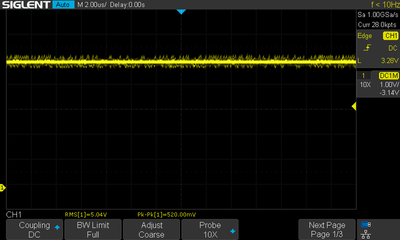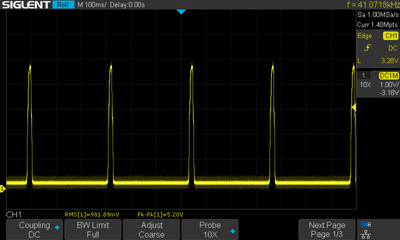Reply 40 of 47, by Deunan
tony359 wrote on 2023-03-08, 23:35:However I am a bit confused: shouldn't the controller on the motherboard complain that the index pulse is not present all the time? How come it works and only the IBM diagnostic utility complains about that?
Index pulse is mostly useful for writing, or rather low-level formatting. Everything else just accepts the stream as it's laid out (writing too, it looks for sector sync headers). That's why I said in theory the index could be missing entirely and you'd still have a working drive, but it's useful thing to have. You need it for proper track-to-track sector skew, though anything faster than 8MHz 286 or so would not care much for that.
tony359 wrote on 2023-03-08, 23:35:I am not sure I understand the "some of the smarter chips need to see the index pulsing to tell a valid floppy is inserted, also to stop the initial motor spin on insertion" - are you referring to the 5.25" disks where the pulse was coming from the hole on the disk?
This also applies to 3.5" drives that ouput READY signal. It's not used on PCs but the chips are not made just for PCs, these are usually pretty universal an configured on the PCB - either via jumper or permanently via solder bridges or 0 ohm resistors. 5.25" drives will use it to stop the motor during insertion/clamping, 3.5" migt use a timer or count the pulses for that purpose.
tony359 wrote on 2023-03-08, 23:35:On this drive the pulse comes from the flywheel (or maybe I've been calling it wrong and it's the rotor, or stator?) so it's always there.
It's a direct drive - both rotor and flywheel to provide some extra mass to stabilize the rotation speed. But I prefer to call it rotor since you can do without a flywheel but not a rotor.
tony359 wrote on 2023-03-08, 23:35:I think on this drive the item which tells the logic there is a disk inserted is a microswitch which gets pressed when the disk is inside. Indeed I've noticed this triggers the "disk changed" pin.
That's the usual way to do it on 3.5" drives, and that switch can corrode inside (on some particular machines it's pretty much given and these must be cleaned, which is tricky, but PC drives tend not to have this issue).
BTW, when I mentioned the pull-ups I wanted to bring your attention to the fact that floppy drives use a shared bus. It's easy to forget that, especially with just one drive on the cable. All the output signals from the drive are gated by the select signal, so if that is wonky somehow the drive might seem to have erratic output - but in fact is working properly and it's the input that's the problem. If you see the /INDEX line high when it should be toggling you can suspect /SEL (and monitoring /RDATA at the same time will help you out, it would also go high). Too long or semi-permanent low on /INDEX should not happen on 3.5 drives if the pull-ups are properly connected, that would indicate a chip failure or some serious problems with power supply or filtering on the drive itself. But it's normal on 5.25" drives with no floppy inserted for example.




